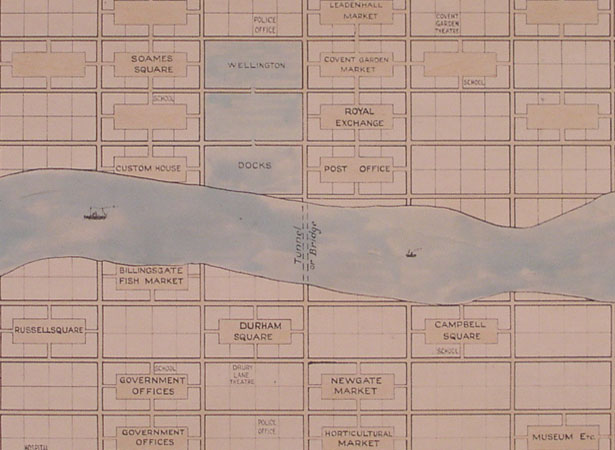
The New Zealand Company’s first settler ship, the Aurora, arrived at Petone to found the settlement that would become Wellington.
Named for the first Duke of Wellington, the victor of the 1815 Battle of Waterloo, the new town was part of the New Zealand Company’s systematic model of colonisation developed by Edwin Gibbon Wakefield. Central to his scheme were packages of land comprising a town acre (0.4 ha) and an accompanying 100 country acres (40 ha). There were 1100 one-acre town sections in the plan for Port Nicholson.
This design – drawn up sight unseen in London – was never Implemented. Flooding forced the abandonment of the original site for the town at Pito-one (Petone), while land sale uncertainties dogged the makeshift community after it moved across the harbour to Thorndon and Te Aro.
By the end of the year, 1200 settlers had arrived in Wellington. Wakefield hoped to make the settlement the capital of New Zealand and was disappointed when Governor William Hobson chose Auckland instead. Wellington did eventually become the capital in 1865.
Read more on NZHistory
British and Irish immigration 1840-1914 – British & Irish immigration, 1840-1914Overview - immigration to New Zealand 1840-1914 – British & Irish immigration, 1840-1914A separate Crown colony – Taming the frontierThe Port Nicholson purchase – War in WellingtonEdward Gibbon WakefieldWellington Centennial Memorial Building – 100 New Zealand PlacesWilliam WakefieldEdward Jerningham Wakefield
External links
How to cite this page
'European settlers arrive in Wellington ', URL: https://nzhistory.govt.nz/wellington-anniversary-day, (Ministry for Culture and Heritage), updated 24-Sep-2020
